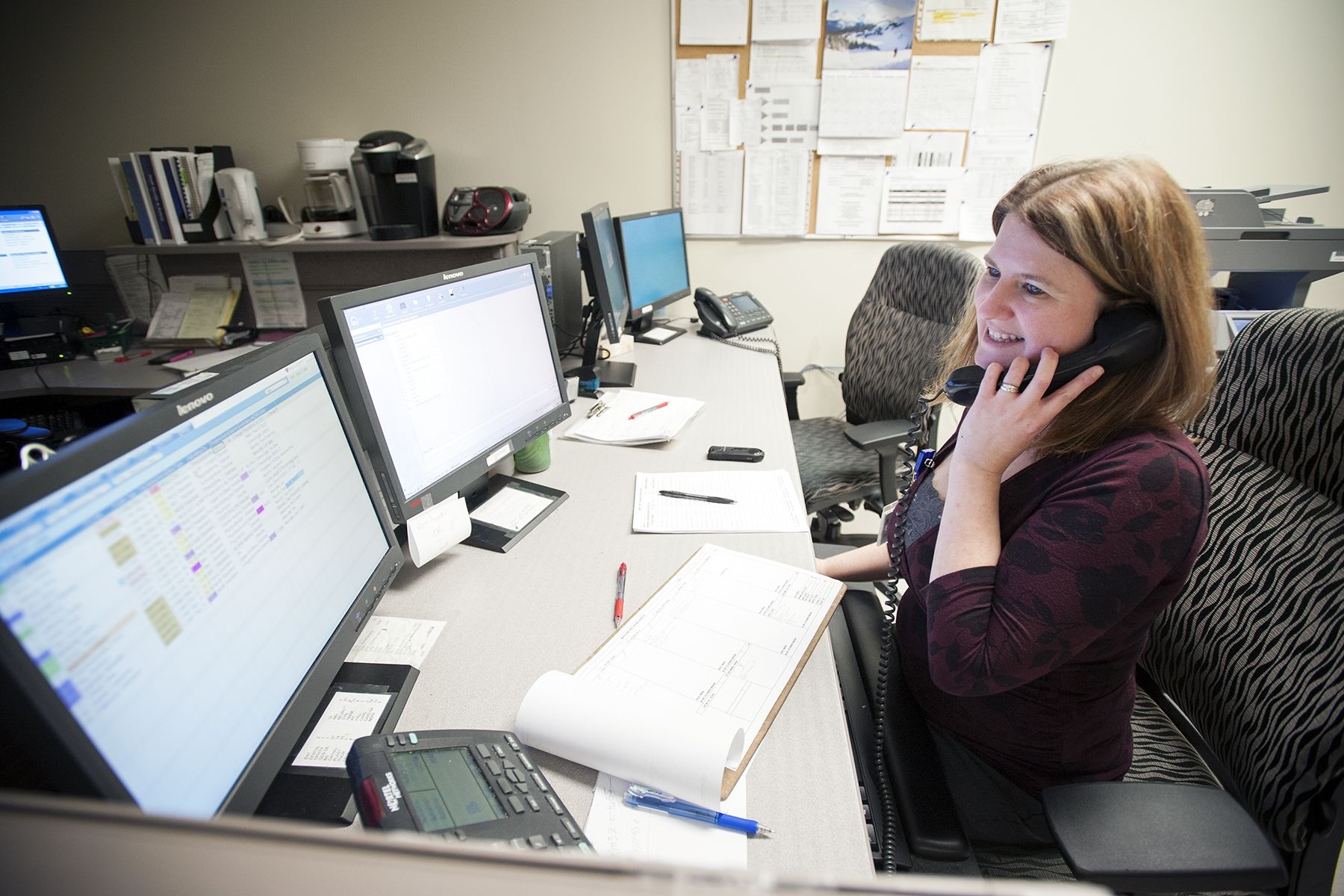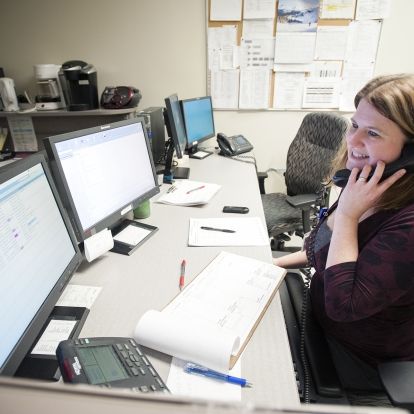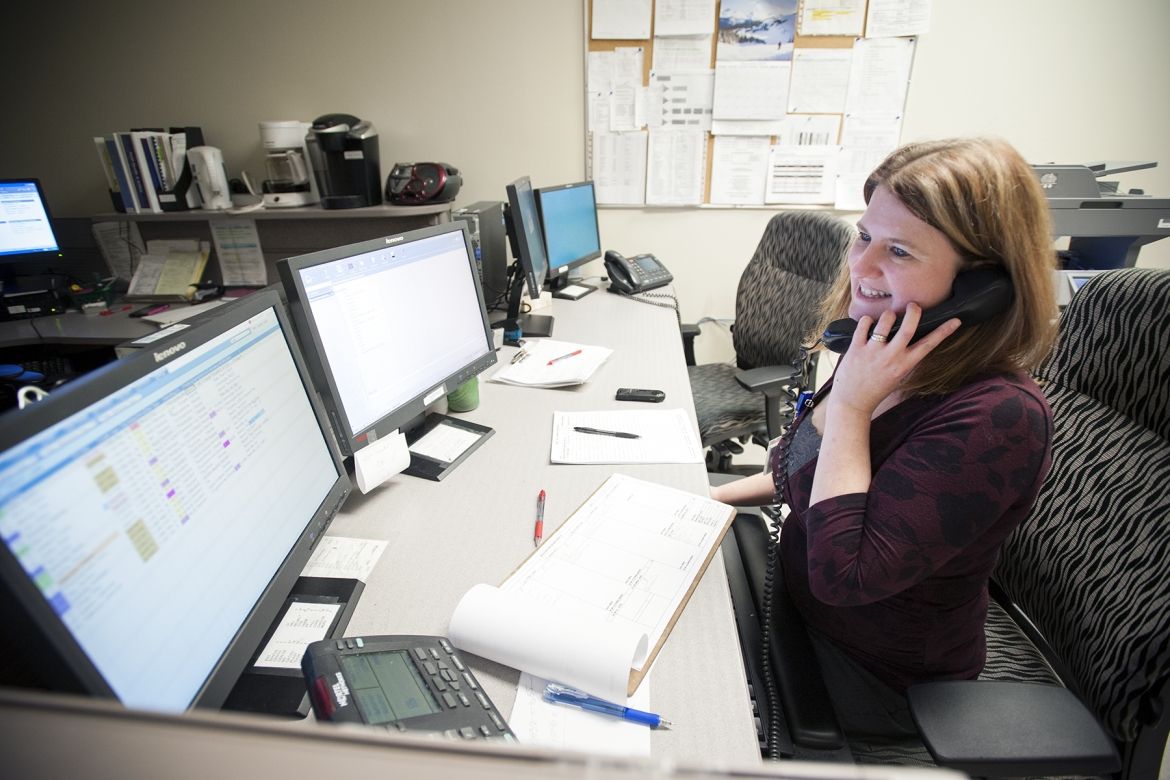
It's been about six months since new work began at Kingston General Hospital to tackle the problem of gridlock. Now, some innovative solutions are being implemented that are expected to help improve patient flow. Each of the changes is the result of focused work by teams made up of staff, physicians and patient experience advisors. Together, they have been studying five different improvement opportunities that were first identified during a large value stream mapping exercise in May.
One promising solution is now rolling out in our emergency department (ED). Starting this week, physicians and residents will no longer be required to fill out a document called the Emergency Department Hospital Registration Form (HRF) every time they admit a patient to one of our inpatient units. It turns out the form isn't needed anymore, as all of the information on it is already entered into the Emergency Department Information System (EDIS) from another document called the Admissions Order.
This means bed allocators in our Admitting Department can now look at the EDIS screen and assign a patient an appropriate bed in a more timely manner, rather than waiting for the HRF to arrive via the pneumatic tube.
"It may not seem like a huge change but this is the kind of improvement opportunity that will help contribute to better patient flow," says Anna Jane Woodman, Director of Registration and Health Information Services. "It will also improve patient safety as there will be a single form to complete, eliminating duplication and potential for error."
Along with the elimination of the HRF, the emergency department is also piloting another solution. This one involves a new checklist for nurses to use during the handover of patients from the ED to an inpatient unit. Rather than just sending a scanned report of the patientís information to the unit, nurses will now complete a detailed patient transfer checklist and deliver a verbal report to the unit accepting the patient. This will help to ensure a seamless and safe flow of patients from the ED to the unit by improving communication of important information about the patient's visit to the ED.
The third gridlock improvement opportunity now being perfected has to do with how bed readiness is communicated.
Our Environmental Services department is now taking ownership of the process of finding out when a bed is empty on a unit as well as the process of alerting Admissions that a cleaning is underway and will be done within 30 minutes. This will help streamline bed allocation and ensure no beds sit empty for long while patients are waiting to be admitted.
"Overall, the process of applying Continuous Improvement principles to gridlock is going very well. Of the five improvement opportunities we focused on first, three of them have resulted in significant change and the other two have been thoroughly studied," says Eleanor Rivoire, Executive VP and Chief Nurse Executive. "The engagement of staff and our patient experience advisors in this effort is unprecedented and itís another way we are partnering with our patients and their families to move the organization forward."
So what's next? Three teams have been set up to study the next three improvement opportunities, including the standardization of some of the processes around patient discharge and the defining of the process for organizing patient consults with some of our external partners, such as the Community Care Access Centre. These teams will have until February to come up with their proposed solutions.
"Addressing gridlock is a continuous improvement process that's top of mind at KGH, " says Rivoire. "We are committed to improving patient flow through our hospital to make sure the journey for our patients and their families' is always smooth."
Gallery


Registration Clerk Amiedawn Esford can now assign inpatient beds using the Emergency Department Information System (EDIS) instead of waiting for a paper form to arrive.



